Cirkeln Och Linjen
January 5, 2021

The most active of the five human senses is the vision. 80 percent of impressions are taken in through our eyes. When looking at our surroundings, we fill it with our own notions. The physical objects or bodies are constant, independent of our interpretations of their meaning. Without these simplifications, we would not be able to maneuver in the complexity of the world. But at the same time, it makes us see or experience only a fraction of our environment. When we take in our surrounding, the consciousness is working fast so that we don´t have to look too carefully. The gaze wanders, all the time searching for something or someone that captures its interest. This is human nature.
Over time, our attraction to this visual pursuit has created an ever-greater visual flow. Today, the possibility to consume specially designed visual material is endless. We see more, but the actually time we use to observe a motive is getting shorter and shorter. We see less, even though we see more. In this project, I have created images for those who want to momentarily leave the visual pursuit in order to look more carefully.

My first idea when creating a photograph often requires a great deal of resources. Due to financial constraints, the photographic process has begun by finding a simplified way of expressing the idea using minimal expenses. In this way, the lack of resources has challenged me to simplify my expression. This has also made me steer towards motives close at hand. It is therefore no coincidence that my own hand is the most frequent motive in the project. As the flow of images increase, the first objects we stop observing are usually those closest to us.
To catch the viewers’ attention despite the fact that my photos are depicting everyday objects, I have photographed them in new contexts and from new angels. Hopefully past notions are replaced and the meaning of familiar objects get an opportunity to expand. In this way a new contact can be created between the objects and the viewer.
Image for post

The photographs are made with an analog large-format camera. I use negatives that are 4x5 inches in size (10x13 cm). This type of camera makes the photographic process time consuming. First, I measure the light with the handheld light meter. I then crawl in behind the black cloth to compose and focus with a magnifier against the glass plate showing the upside-down image. Often, I only make one or two exposures. I see the result when the negatives have been developed, which often happens months after they have been exposed. This old technique has helped me to stop and look carefully.



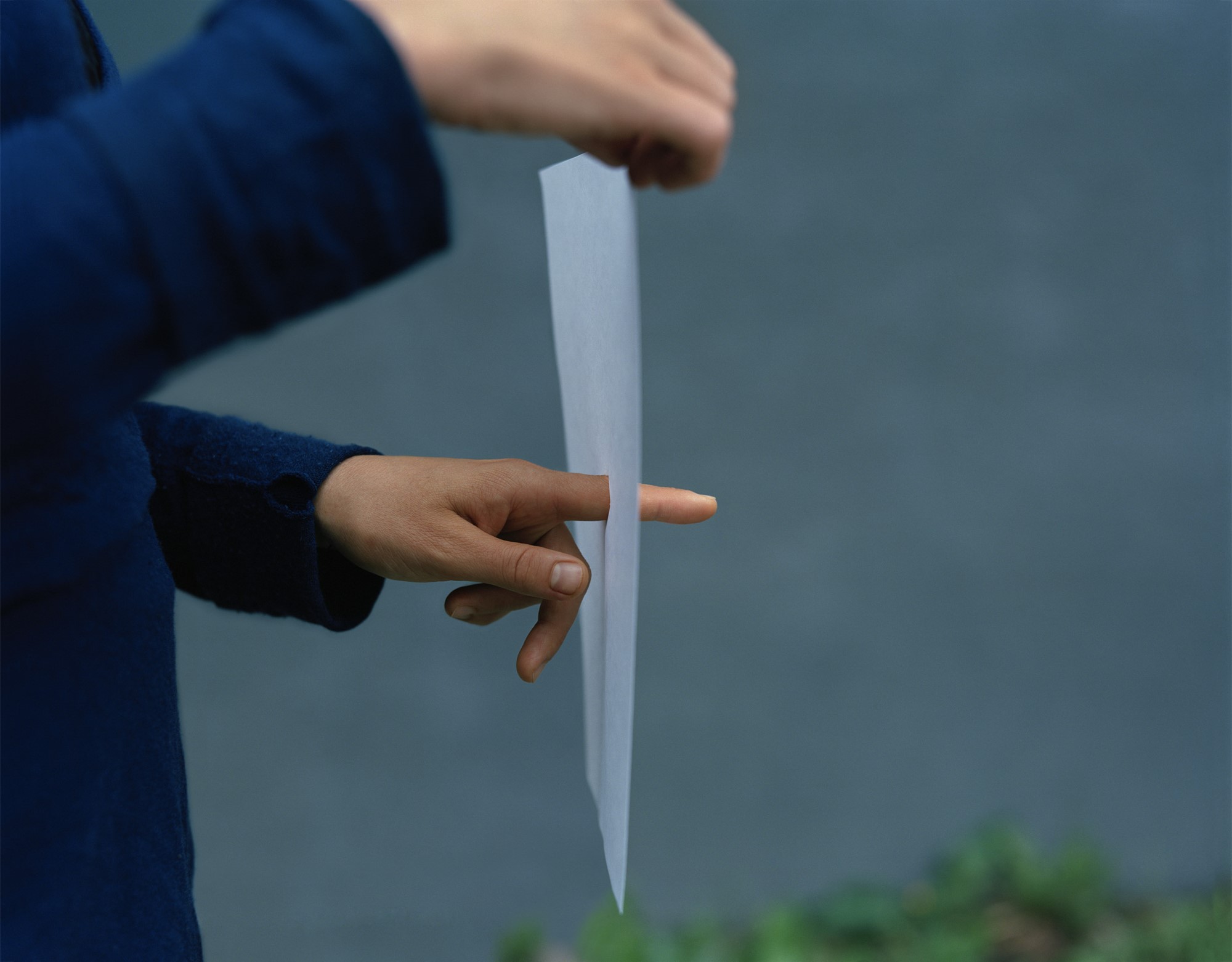
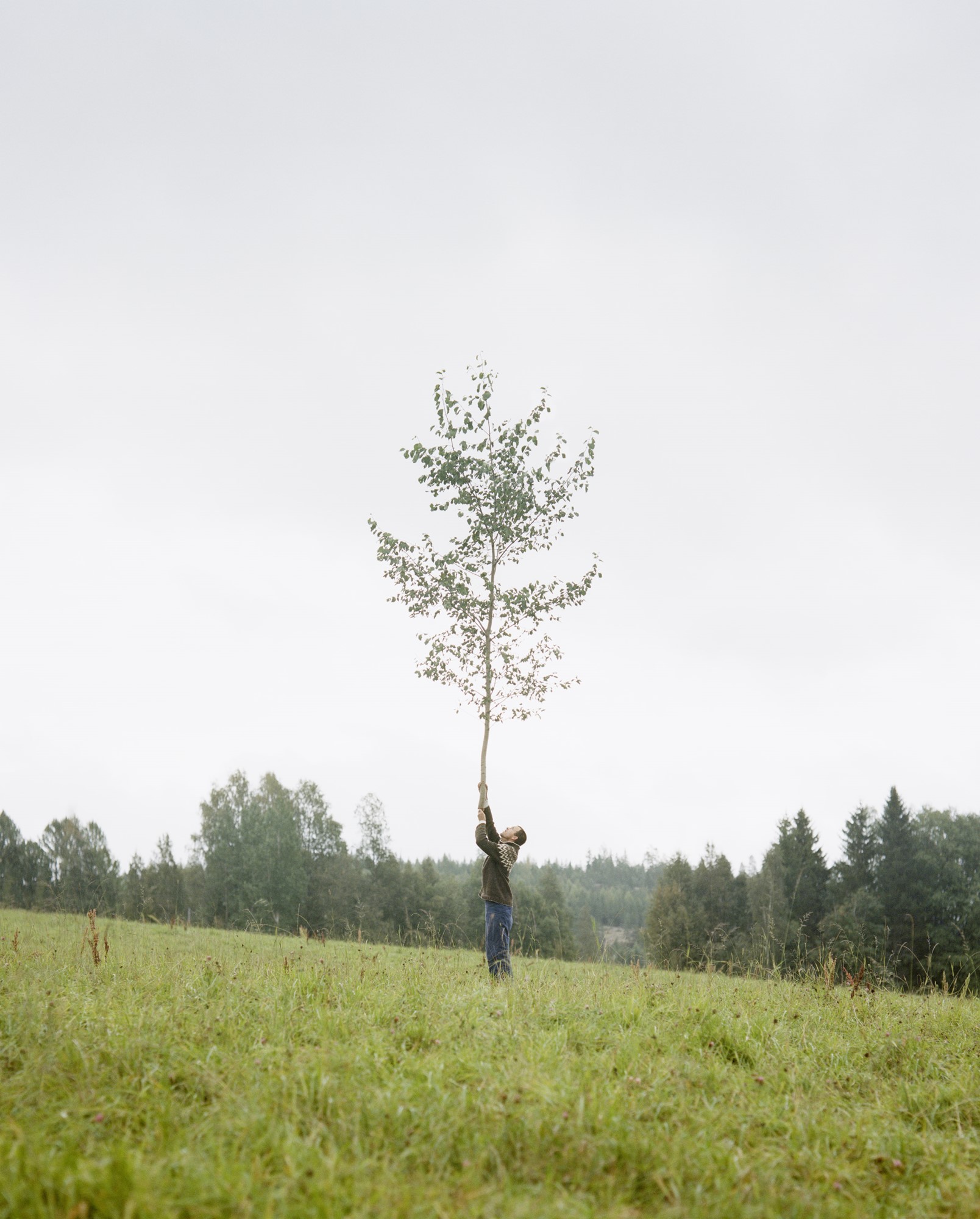

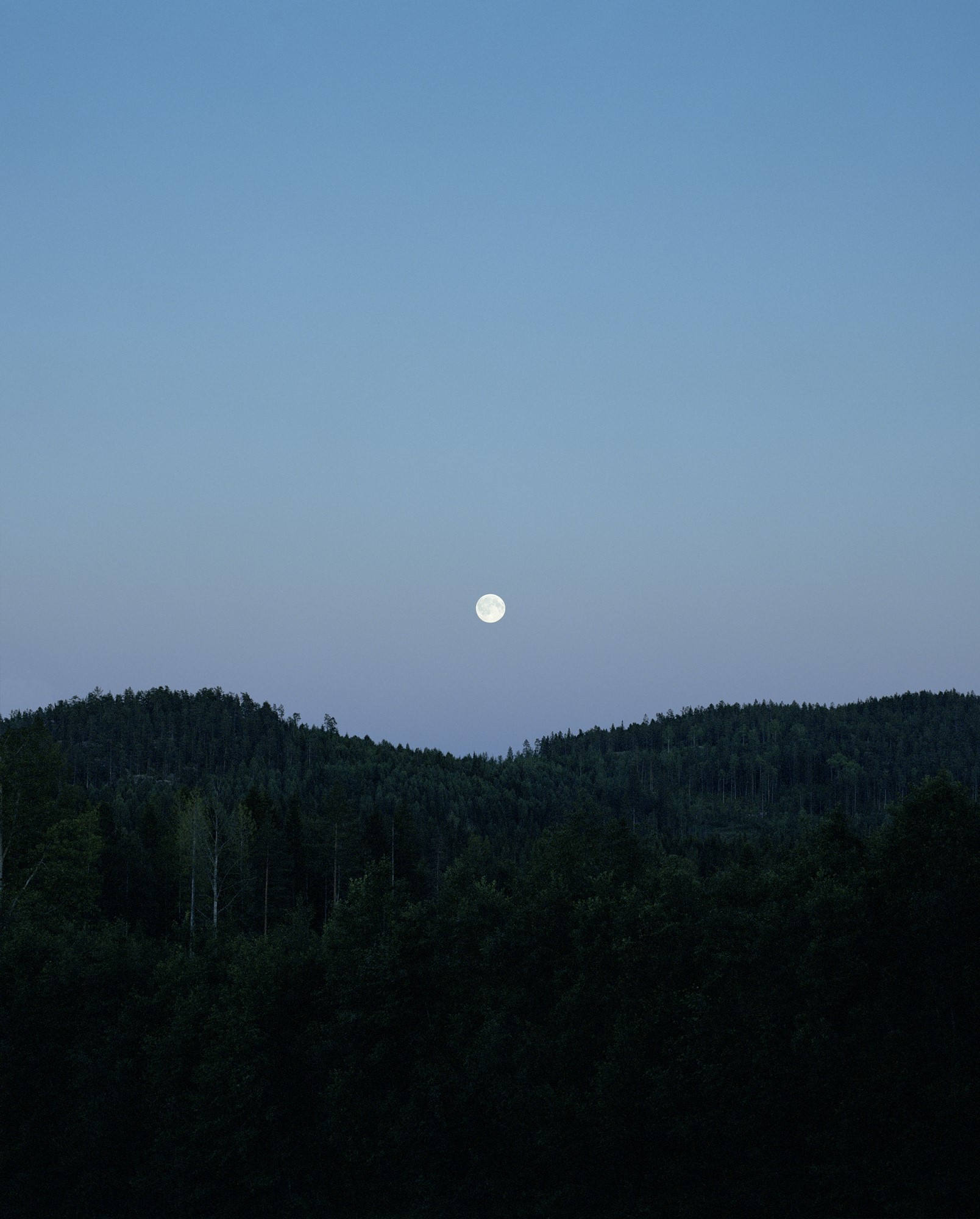
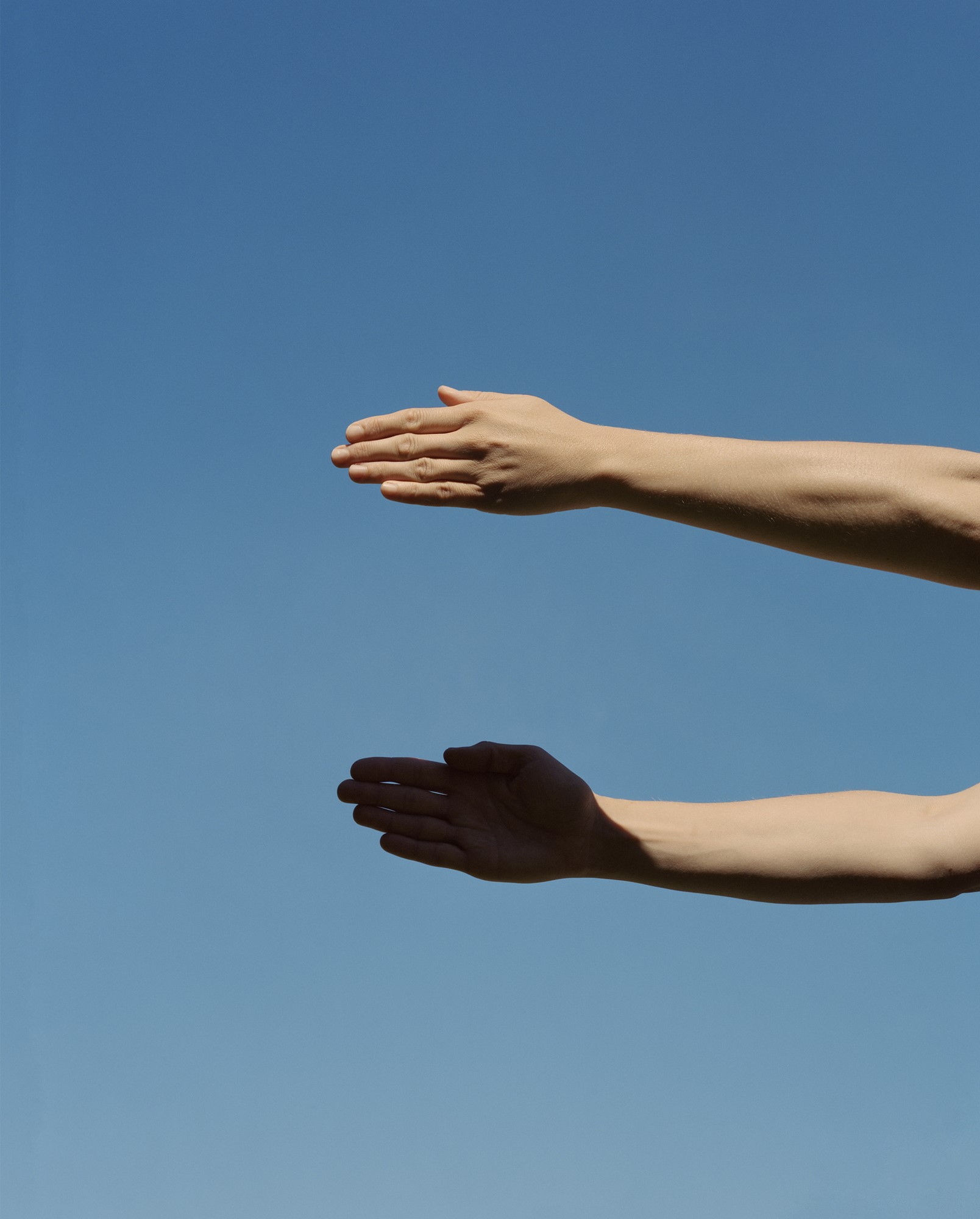



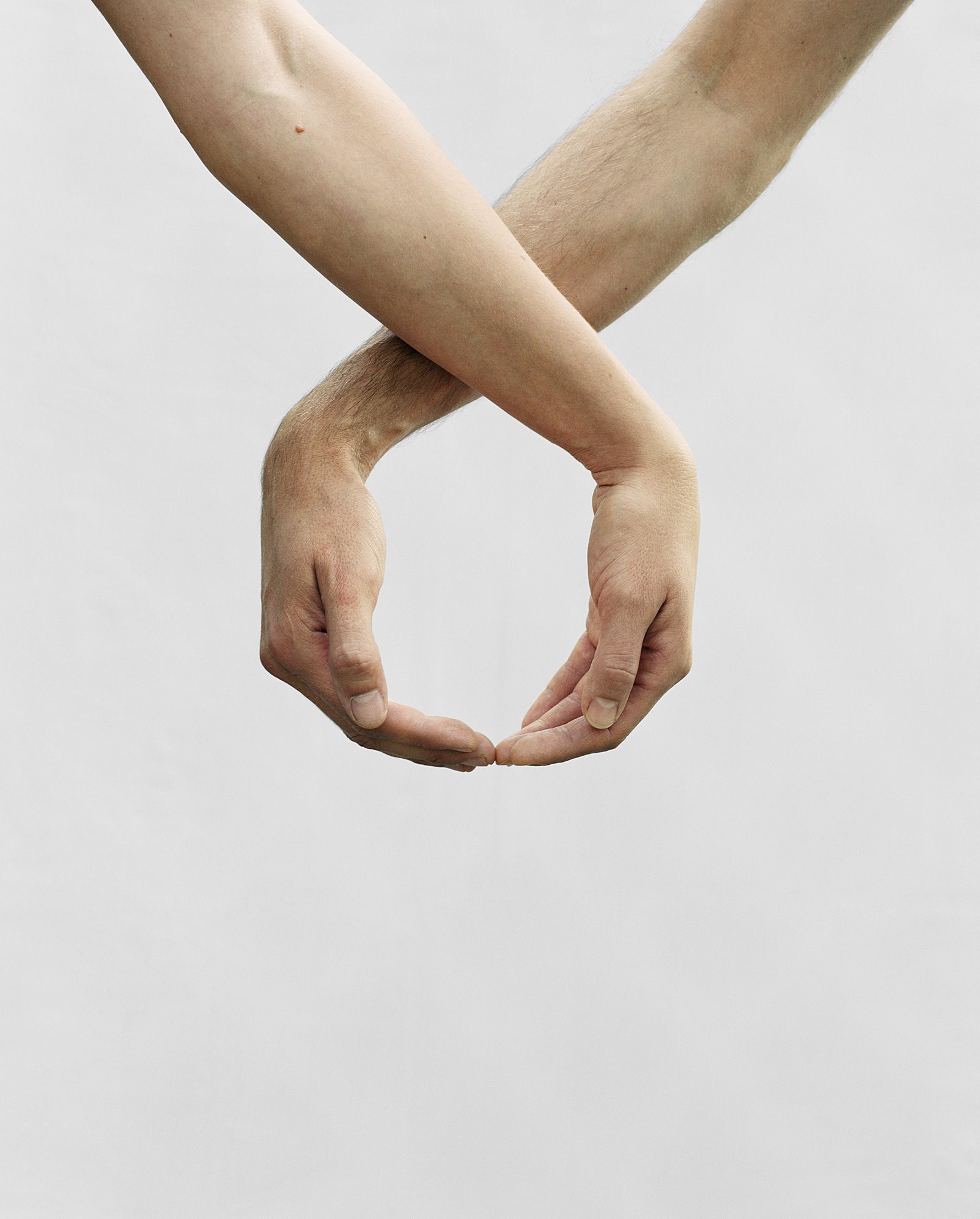

About Artist
ERIK ÖSTENSSON was born in Sweden. In 2001, he studied at the International Center of Photography in New York (ICP). His work has frequently been exhibited in galleries, museums and festivals, among others at Umeå Konsthall (2016), Festival Circulations (2015) and at The Center for Photography in Stockholm (2013). He published two books : I will take care of you, Journal (2012) and Untitled, Kehrer Verlag (2019).
https://www.erikostensson.com
ERIK ÖSTENSSON was born in Sweden. In 2001, he studied at the International Center of Photography in New York (ICP). His work has frequently been exhibited in galleries, museums and festivals, among others at Umeå Konsthall (2016), Festival Circulations (2015) and at The Center for Photography in Stockholm (2013). He published two books : I will take care of you, Journal (2012) and Untitled, Kehrer Verlag (2019).
https://www.erikostensson.com
